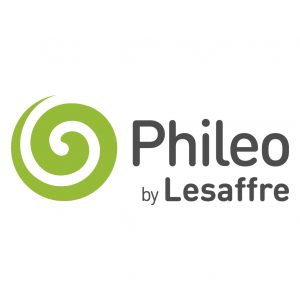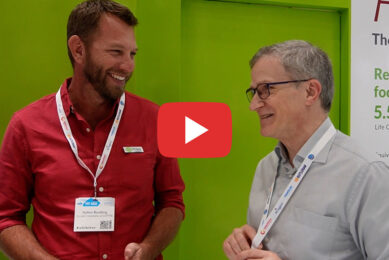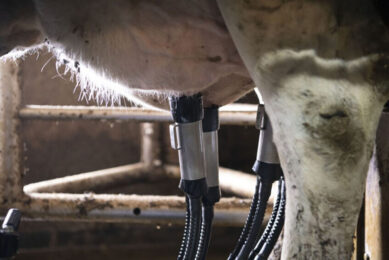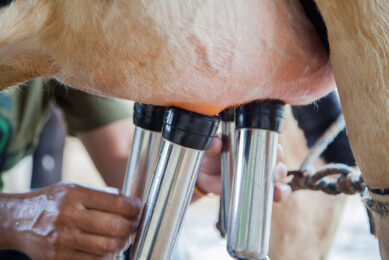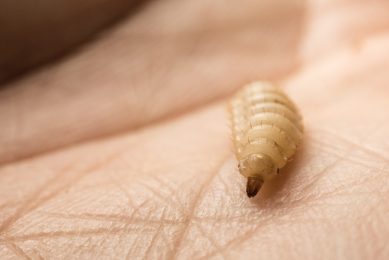Boosting dairy cow immunity
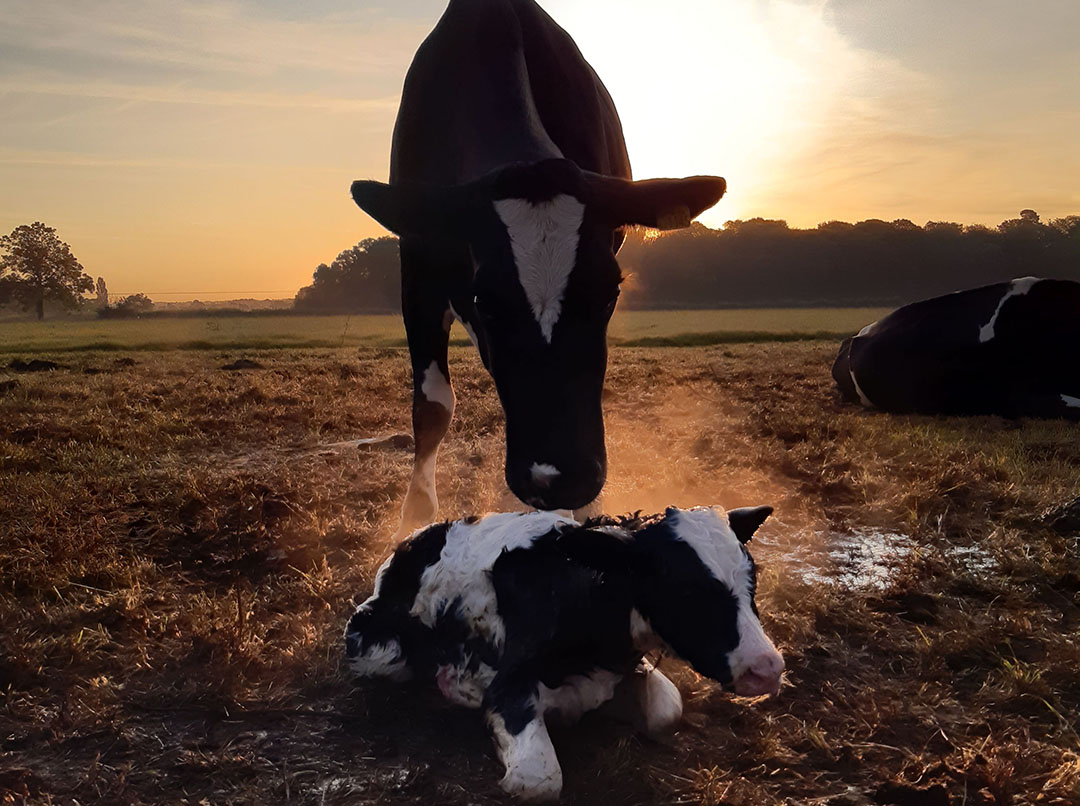
The immune system is a dairy cow’s key defence mechanism, consisting of biological components and processes that protect against pathogens. The main role of the immune system is to detect and neutralise a wide range of pathogens, while also distinguishing them from the organism’s own tissue.
The immune system consists of 2 components. The first is named innate immunity, which is the first barrier, or line of defence, against a pathogen attack. An innate response is quick and can eliminate a wide range of pathogens, irrespective of their antigenic make-up. The second component, called adaptive immunity, generates an antigen-specific response against given pathogens and foreign molecules. Due to its specificity, an adaptive response is slow to be generated but is very efficient in eliminating specific pathogens. The specificity of the adaptive immune system is also an important asset in that it allows the generation of immunological memory in the host, following a first encounter with a pathogen. This results in an enhanced response to subsequent encounters with the same pathogen (Figure 1).
Figure1- Immune responses and their characteristics.
Innate immune responses use a large set of cells: granulocytes or phagocytes (such as macrophages, monocytes or dendritic cells. The immune system is key in the gut where are situated the majority of the innate immune cells (macrophages, dendritic cells). The gut is the place where different antigens from the feed, toxins / mycotoxins, pathogenic bacteria (E. coli, Salmonella, Clostridium), gut microbiota and immunity of the host meet at the same time and interact. Innate immune cells are capable of ‘eating’ these pathogens through a mechanism called phagocytosis, which kills them very efficiently. Phagocytes also release cytokines and chemokines to alert and recruit more innate immune cells to the site of infection. While the mechanism of action used by each innate cell varies, the goal stays the same, namely to eliminate dangerous microbes. Some innate immune cells, such as dendritic cells (DC), have the important mission of ‘talking’ with the adaptive immune system’s T cells to promote a specific immune response. DCs act as a bridge between the innate and adaptive immune system, enabling a well-functioning innate immune system to better support the host’s adaptive immunity.
Adaptive immune systems are composed of B and T lymphocytes, which act as effector cells. B lymphocytes produce the antibody (immunoglobulin, Ig). This immunity, based on antibodies, is known as humoral immunity. T cells have the ability to produce various cytokines, depending on the antigen they are responding to. T lymphocytes subdivide into two categories: T CD4 and T CD8 lymphocytes, and together they form cellular immunity. CD8 T lymphocytes are cytotoxic, meaning they can induce the death of infected host cells using cytotoxic molecules granzyme and perforin. CD4 T lymphocytes also called helper cells will differentiated according to various subsets (Th1, Th2, Th17). This mainly depends on the pathogen or the threat they are facing.

Safmannan and the immune system
Immune and non-immune cells from the host display, at their cell surface, several receptors. These are called PRRs (Pathogen Recognition Receptors), which are able to recognise pathogens through certain molecular patterns. These patterns, which are largely shared between microbes and pathogens, are called MAMPs (Microbial-Associated Molecular Patterns) or PAMPs (Pathogen-Associated Molecular Patterns) and are clearly distinguishable from host molecules.
The premium yeast fraction Safmannan is recognised by various immune cells receptors, leading to the activation of those cells. Studies show, in fact, that immune cells, when activated by Safmannan, respond faster and better in the face of a challenge (Figure 2).
Figure 2 – improvement of immune responses in presence of Safmannan.

Stress factors, such as calving, heat stress, dietary changes, transportation, infection, and so on, are known to provoke depressed immunity, often leading to inflammation and an increased susceptibility to disease. For the farmer this can mean reduced dairy cow productivity, alongside increased treatment and replacement costs. However, strategies aimed at reducing stress and strengthening the immune system, can improve animal health, welfare, and productivity, especially during stress periods.
In this context, Safmannan has been shown to have the unique ability to bind certain pathogenic bacteria (E.coli, Salmonella, Clostridium, Listeria) in the gut, thus reducing their impact. This has been demonstrated through a series of in vitro and in vivo trials.
It has also shown the ability to interact with the immune cells of an innate immune system, such as macrophages and dendritic cells situated in the gut. This enhances the immune cells response to a pathogen challenge, improving the overall immune status of the animal. A recently published study concluded that Safmannan supplementation enhances the cellular immune function of lactating dairy cows. In the reported study, lactating dairy cows were supplemented with Safmannan for 8 weeks, with blood samples being collected during the trial to evaluate immune cell populations and cytokine mRNA expression. Animals receiving the premium yeast fraction showed a significant increase in CD4+ cells (T helper cells), initiating an immune response to pathogens by releasing cytokines and activating the other cells of the immune system (Figure 3). There was also an increase of CD8+ cells (cytotoxic T cells) in relation to eliminating infected cells. A significant increase was also observed in CD14 cells, as associated with LPS binding.
This finding suggests that dietary supplementation with Safmannan might enhance the cellular immune function of lactating dairy cows. Supplementing the premium yeast fraction to dairy cows on commercial farms may also result in lower somatic cell count (SCC), as showed in numerous trials (Figure 4).
In addition, Safmannan diet supplementation with high risk dairy cows around calving may reduce health events and improve health status (Table 1).
In summary, Safmannan is able to reduce pathogen pressure, thus improving animal health by 2 mechanisms:
1) Direct binding of certain pathogenic bacteria, so reducing their negative impact.
2) Enhancing the host’s immune response to pathogen challenge and increasing its natural defences.
References are available on request
Authors: SCHULTHESS Julie, PhD, Immunity R&D Manager, Phileo by Lesaffre & NENOV Valentin, PhD, Global Ruminant Manager, Phileo by Lesaffre.


